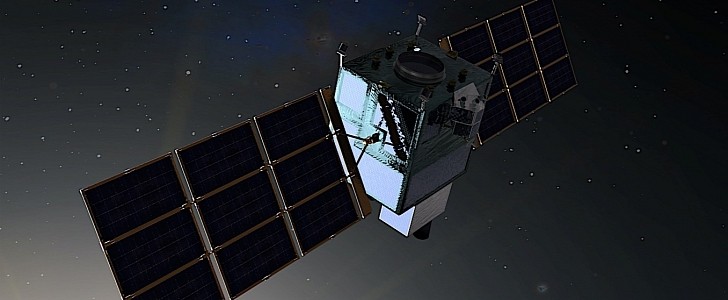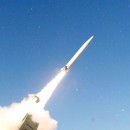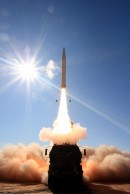The modern world is no stranger to war, but until Russia decided to invade Ukraine back in February, we didn’t really know exactly how a conflict between two technologically-equal countries could unfold.
What we’ve learned so far is that tanks and other land-based weapons platforms are no match for well-targeted anti-tank weapons and drones. We’ve also learned that missiles and rockets, no matter their type, are essential on the modern-day battlefield.
Having allegedly used for the first time a hypersonic missile in combat, Russia opened the doors to a far less predictable future, at least by today’s standards. Modernization of defense systems is a must and, luckily, the American military understood that long before the current war.
There are several ways of tracking hypersonic and ballistic missile launches, and one of them, probably the most successful, is called the Next-Generation Overhead Persistent Infrared (OPIR) system.
Described as a “space-based missile warning constellation designed to detect and track current and emerging threats from hostile entities around the globe,” it relies on spotter satellites to see the launch, tracking satellites to determine the missile’s trajectory, and ultimately shooters on the ground to take them down.
The spotter satellite is our concern today. For the OPIR, it’s called Next-Generation Polar (NGP), and it’s being developed by Northrop Grumman under a $2.37 billion contract awarded by the U.S. Space Force back in 2020.
The company likens the hardware to the spotters used by snipers on the ground, only in this case it will do its thing from much farther out. The plan is to have the NGP in an orbit 20,000 miles (32,186 km) away from the surface, from where to peer down on the planet and see if anything bad is about to happen.
NGP will be deployed over the northern polar region, which is the shortest route a ballistic missile can possibly take on its way to the U.S., but also the hardest one to monitor, due to the highly elliptical orbits satellites must have.
The data NGP gathers will be sent to the Hypersonic and Ballistic Tracking Space Sensor satellites (HBTSS), located much closer to Earth, and tasked with sniping threats. In turn, HBTSS sends info to ground shooters.
According to Northrop Grumman, the NGP spotter should be ready for deployment in 2028 as a “vital part of the United States’ missile defense space architecture.”
Having allegedly used for the first time a hypersonic missile in combat, Russia opened the doors to a far less predictable future, at least by today’s standards. Modernization of defense systems is a must and, luckily, the American military understood that long before the current war.
There are several ways of tracking hypersonic and ballistic missile launches, and one of them, probably the most successful, is called the Next-Generation Overhead Persistent Infrared (OPIR) system.
Described as a “space-based missile warning constellation designed to detect and track current and emerging threats from hostile entities around the globe,” it relies on spotter satellites to see the launch, tracking satellites to determine the missile’s trajectory, and ultimately shooters on the ground to take them down.
The spotter satellite is our concern today. For the OPIR, it’s called Next-Generation Polar (NGP), and it’s being developed by Northrop Grumman under a $2.37 billion contract awarded by the U.S. Space Force back in 2020.
The company likens the hardware to the spotters used by snipers on the ground, only in this case it will do its thing from much farther out. The plan is to have the NGP in an orbit 20,000 miles (32,186 km) away from the surface, from where to peer down on the planet and see if anything bad is about to happen.
NGP will be deployed over the northern polar region, which is the shortest route a ballistic missile can possibly take on its way to the U.S., but also the hardest one to monitor, due to the highly elliptical orbits satellites must have.
The data NGP gathers will be sent to the Hypersonic and Ballistic Tracking Space Sensor satellites (HBTSS), located much closer to Earth, and tasked with sniping threats. In turn, HBTSS sends info to ground shooters.
According to Northrop Grumman, the NGP spotter should be ready for deployment in 2028 as a “vital part of the United States’ missile defense space architecture.”







